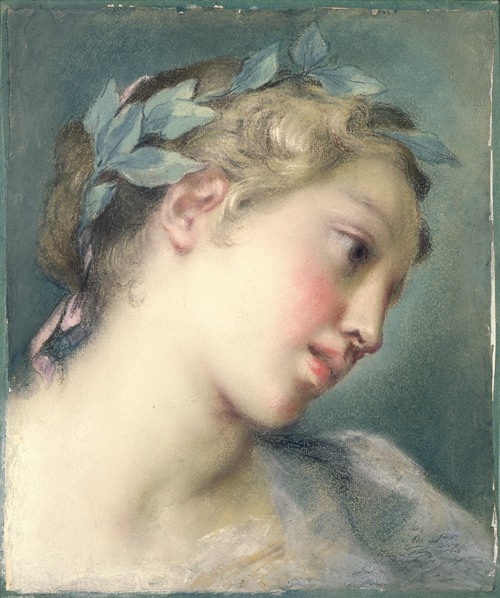
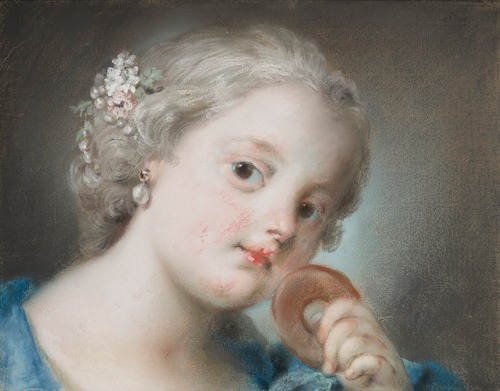
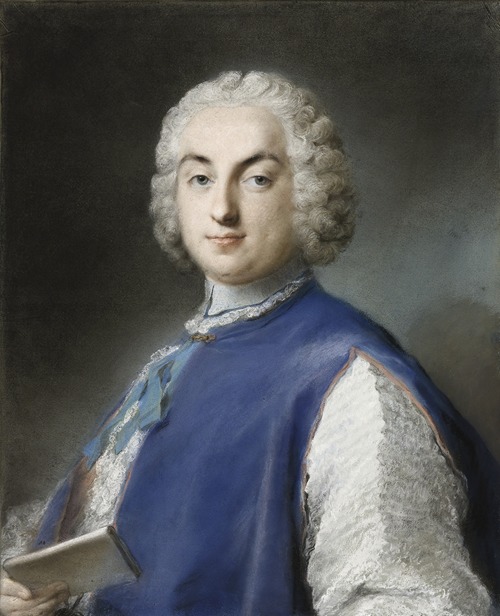
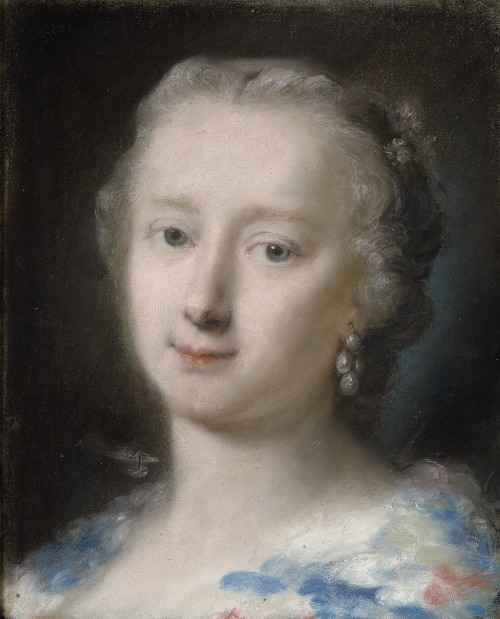
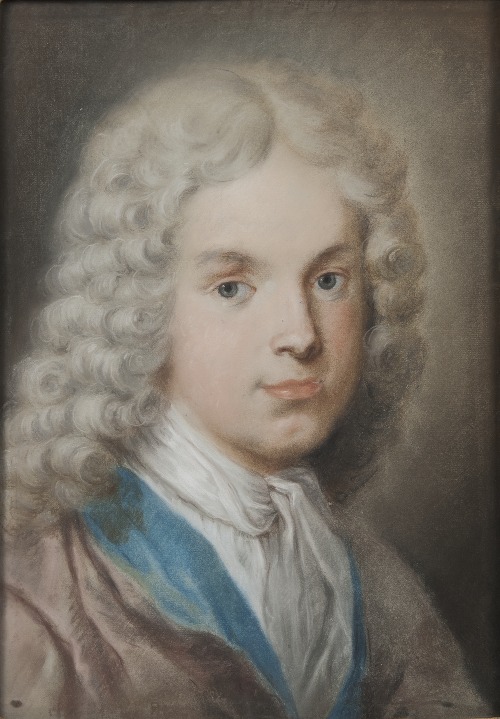
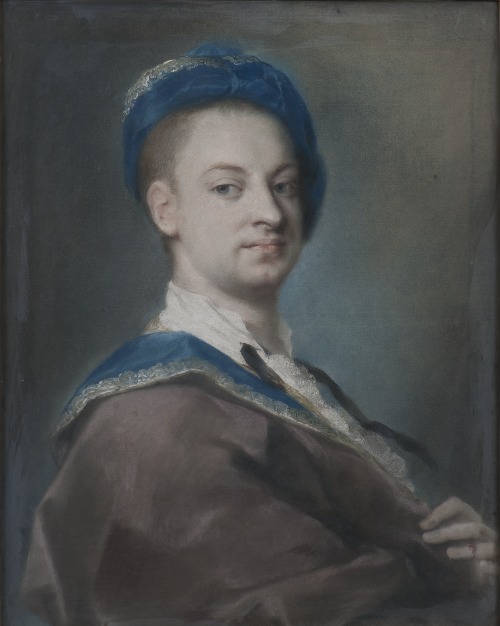
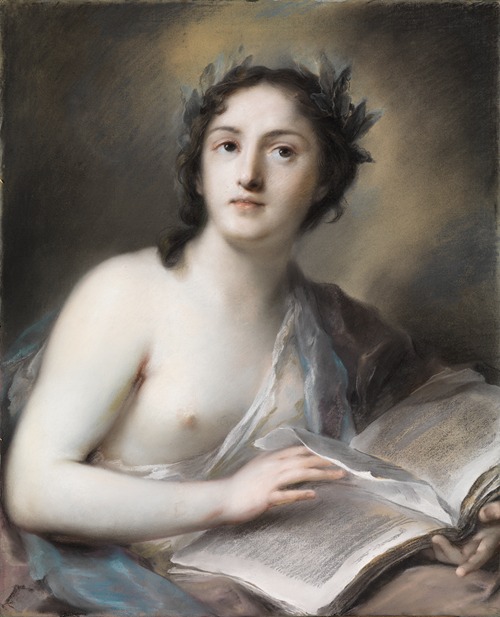
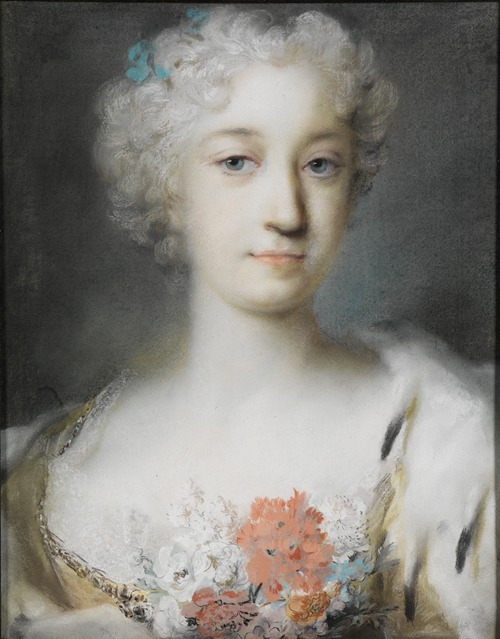
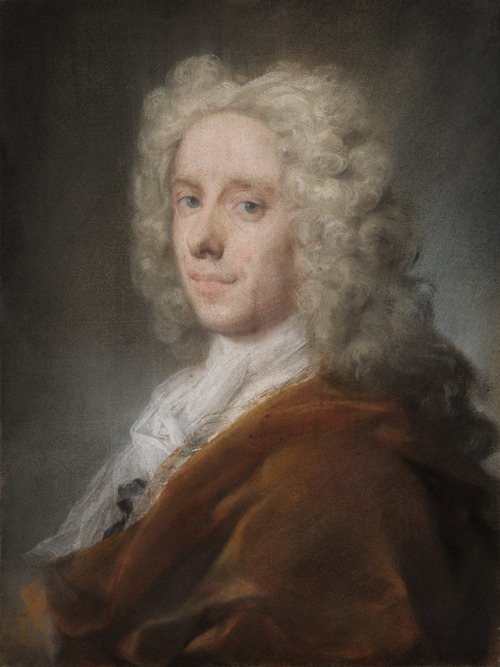
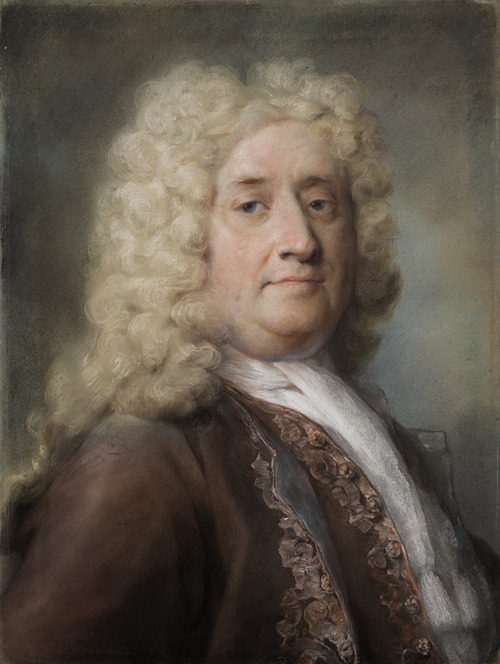

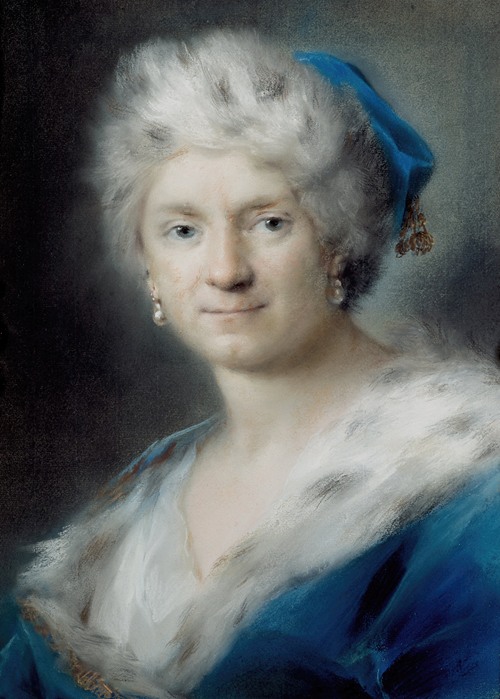
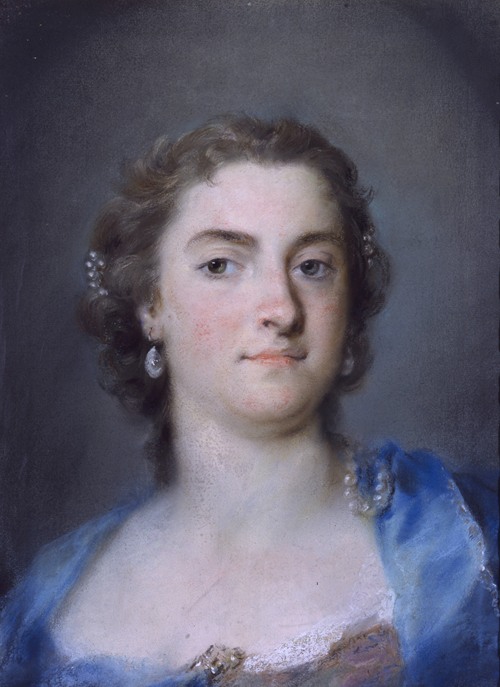
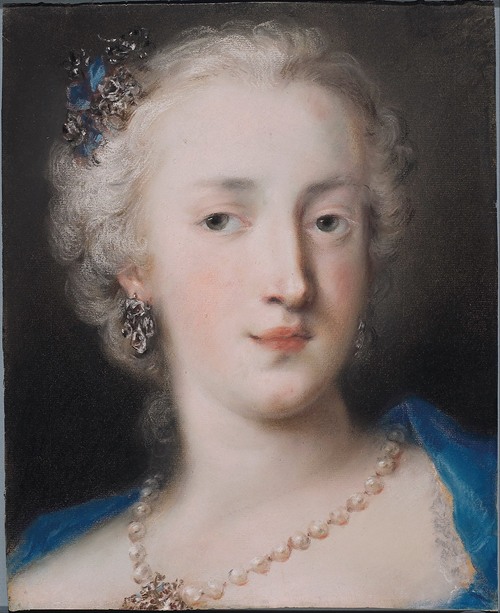

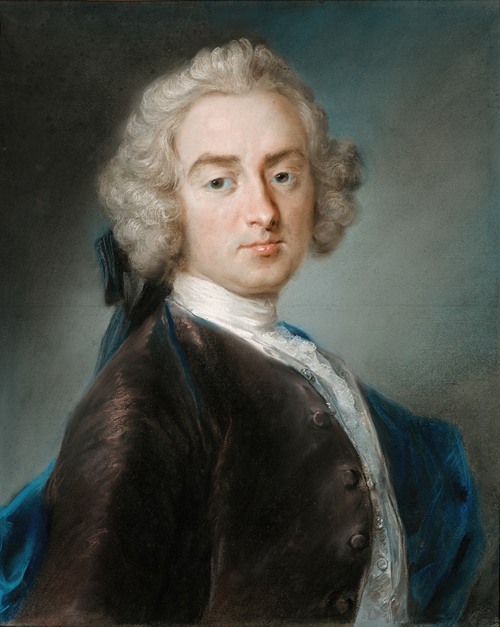
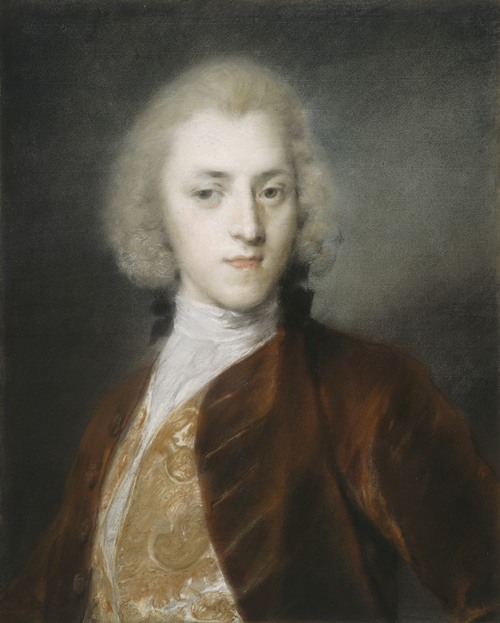
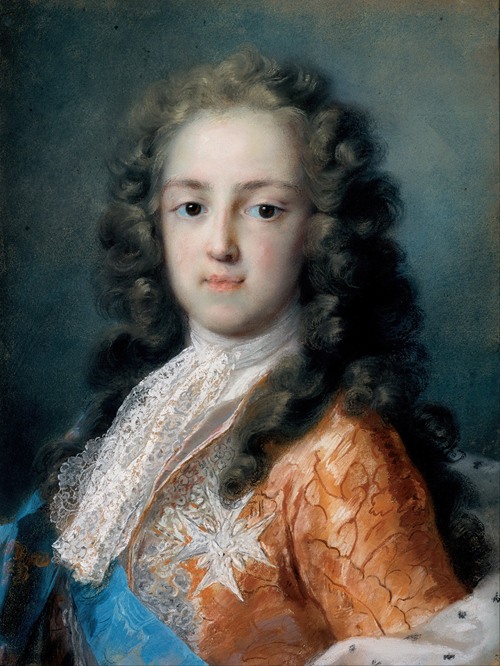
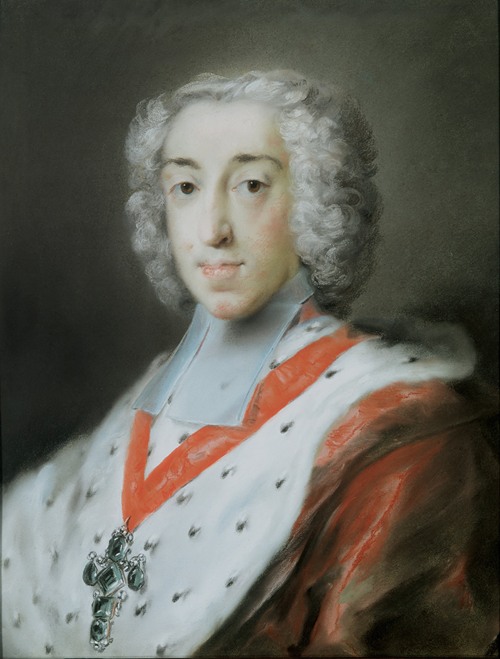

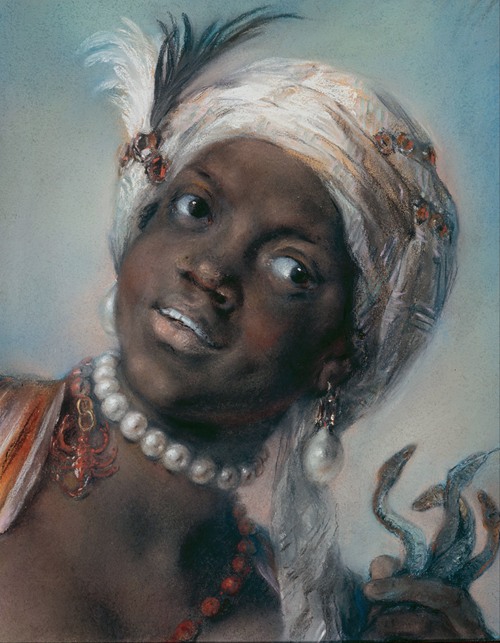

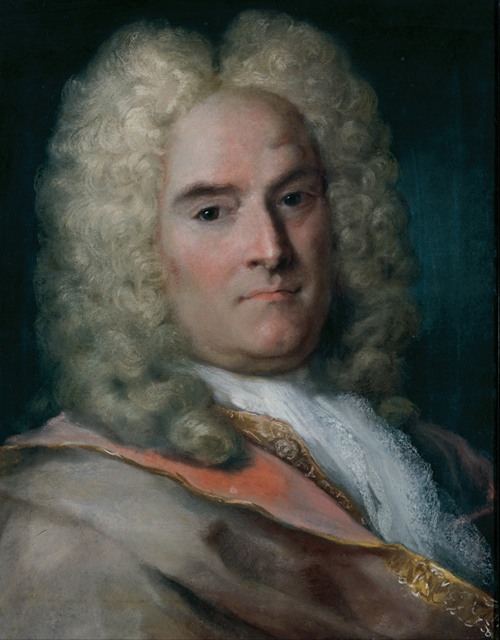
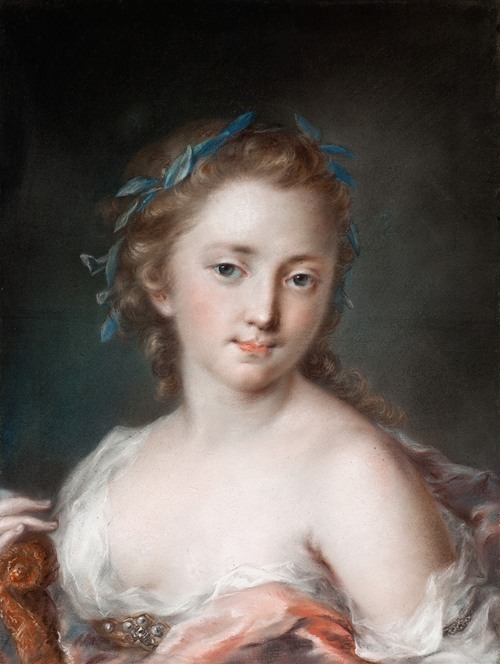
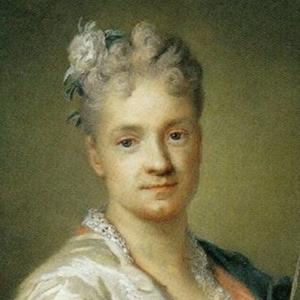

Rosalba Carriera was a Venetian Rococo painter. In her younger years, she specialized in portrait miniatures. It is for this that she was able to build a career in portraiture. Carriera would later become known for her pastel work, a medium appealing to Rococo styles for its soft edges and flattering surfaces. She is remembered as one of the most successful women artists of any era.
Born in Venice with two sisters, Carriera's family was from the lower-middle-class in Venice, and as a child, she began her artistic career by making lace-patterns for her mother, who was engaged in that trade. However, when interests in lace waned and the industry began to falter, Carriera had to find a new means of providing for herself and her family.
The popularity of snuff-taking gave her an opportunity to do just that. Carriera began painting miniatures for the lids of snuff-boxes, and was the first painter to use ivory instead of vellum for this purpose. Gradually, this work evolved into portrait-painting, for which she pioneered the exclusive use of pastel. Prominent foreign visitors to Venice, young sons of the nobility on the grand tour and diplomats for example, clamored to be painted by her. The portraits of her early period include those of Maximilian II of Bavaria; Frederick IV of Denmark; the 12 most beautiful Venetian court ladies; the "Artist and her Sister Naneta" (Uffizi); and August the Strong of Saxony, who acquired a large collection of her pastels.
By 1700, Carriera was already creating miniatures and by 1703 she completed her first pastel portraits. In 1704, she was made an Accademico di merito by the Roman Accademia di San Luca, a title reserved for non-Roman painters.
By 1721, Carriera left Venice for Paris, as portraits by her were in great demand. While in Paris, Carriera was a guest of the great amateur and art collector, Pierre Crozat. She painted Watteau, all the royalty and nobility from the King and Regent downwards, and was elected a member of the Academy by acclamation. Her brother-in-law, the painter Antonio Pellegrini, married to her sister Angela, was also in Paris that year. Pellegrini was employed by John Law, a Scottish financier and adventurer, to paint the ceiling of the Grand Salle in Law's new bank building.
In later life, Carriera made a long journey to the royal court in Vienna, Austria. While there, Holy Emperor Charles VI became her benefactor and was fully committed to supporting her work. The Emperor amassed a large collection of more than 150 of her pastels. In return, the empress worked underneath her and received formal artistic training. The works she executed there were later to form the basis of the large collection in the Alte Meister Gallery in Dresden.
By the time of Carriera's death, the Rococo style was not as popular as before. Despite this, she was still a strong influence for many of the women artists that came after her, such as Catherine Read, Adélaïde Labille-Guiard and Élisabeth Vigée Le Brun.























